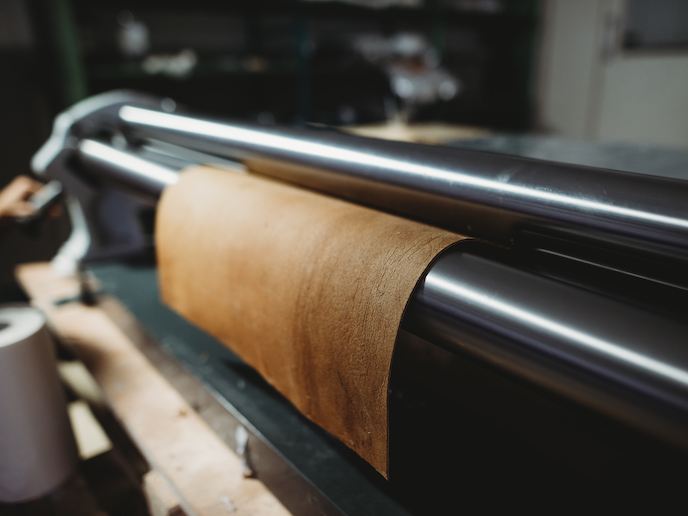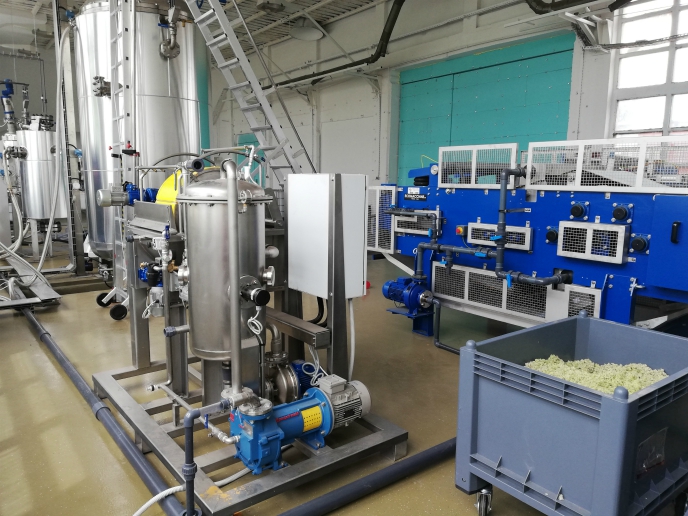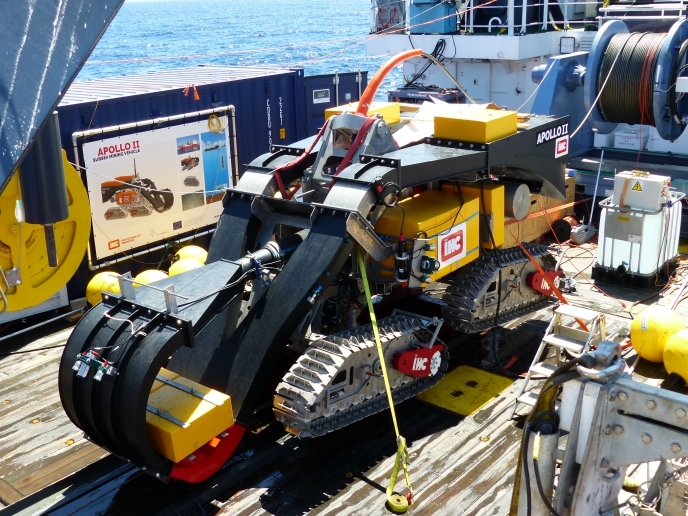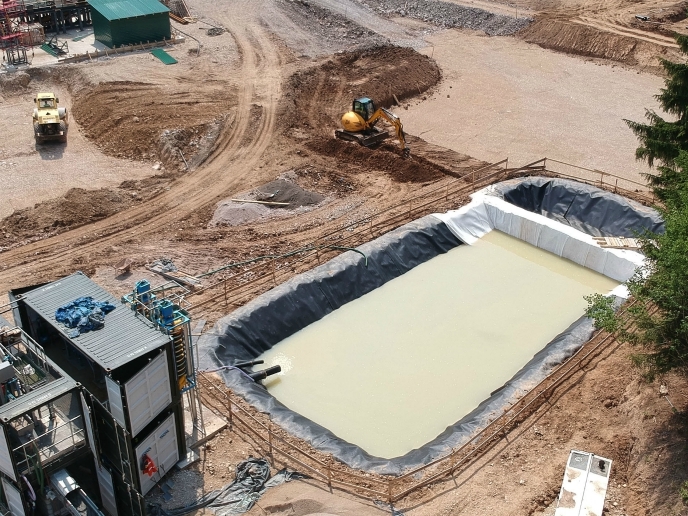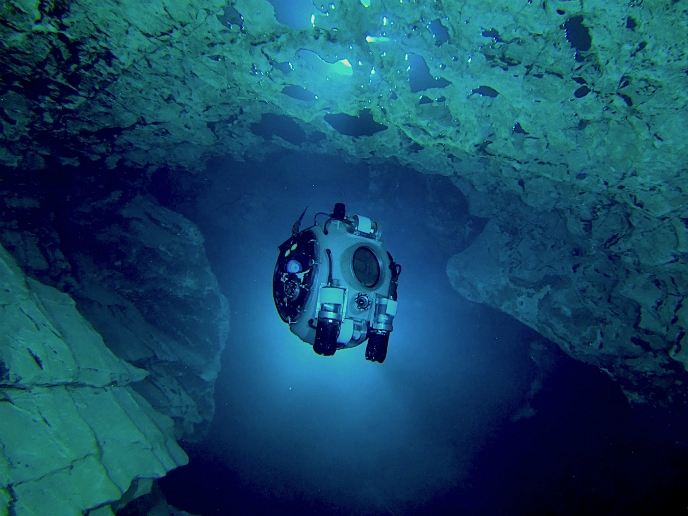Redefining waste, re-imagining textiles
The livestock industry is full of waste. For example, did you know that only up to 60 % of an animal is used for meat, with the rest often being discarded? That’s up to 5 million tons of waste every year in Europe alone. At the other end of the equation is the leather production market. As a result of the substantial amounts of water and chemicals used during the tanning process, and the vast amount of CO2 emitted during production, the leather industry is one of the world’s biggest polluters. But between the slaughterhouse and the tannery there’s gelatine – a versatile natural protein derived from the abundantly available waste produced by the livestock industry. But where others saw a waste product, one Estonian start-up saw a wasted opportunity. “At Gelatex, we believe that with innovation, we can give value to this abundant, undervalued resource,” says Mari-Ann Meigo Fonseca, Gelatex co-founder and CEO. “For us, that innovation is a revolutionary process for turning gelatine into gelatine-based nano-fibrous materials faster than any other existing technology.” Now, thanks to the support of the EU-funded GELATEX project, the company is ready to scale up its production process and bring its eco-friendly textiles to the global market.
Like leather, but without the toxins
Although there are already plenty of alternative textiles on the market, including PVC and plant-based products, none offers the composition or properties of real leather. Gelatex’s eco-friendly, non-toxic textile, on the other hand, not only looks and feels like real leather, it’s the only leather-like material that is easily scalable, 100 % non-toxic, comes in rolls, and is made from waste. “We developed a cutting-edge method for synthesising gelatine, creating a fabric of unprecedented quality and chemically equivalent to leather,” explains Fonseca. “Gelatex is the first company to deliver this new animal-like leather without the need for toxic tanning.” The GELATEX platform upcycles gelatine from discarded animal waste and mixes it into a solution. Next, using a proprietary method, the solution is spun into an insoluble nano-fibrous mesh. This mesh is then combined with other materials, creating textiles for a range of applications and industries. “The final product is designed and configured according to industry requirements on tensile strength, resistance, insulation, permeability and comfort,” adds Fonseca.
Ready for market
With interest in sustainable textiles growing, Gelatex needed to evaluate the opportunity for a small start-up to scale fast while also strategically planning for the future. “With the EU funding, we were able to assess options for tensile and tear strength optimisation and specifications of production machinery components,” explains Fonseca. “We also conducted an in-depth cost analysis and identified global commercial strategies, sales channels and future funding needs.” According to Fonseca, the company expects to achieve revenues of EUR 10 million in just 3 years. Furthermore, with plans to expand production facilities and a possible licensing model, there is a potential to generate EUR 2 billion within a decade. “The project played an important role in bringing the first easily scalable, eco-friendly leather-like textile to market,” she notes. The company is now busy constructing a pilot line, looking at options for launching a large-scale industrial line, and securing all necessary certifications and patents.
Keywords
GELATEX, textiles, animal waste, livestock industry, leather production, leather industry, gelatine



